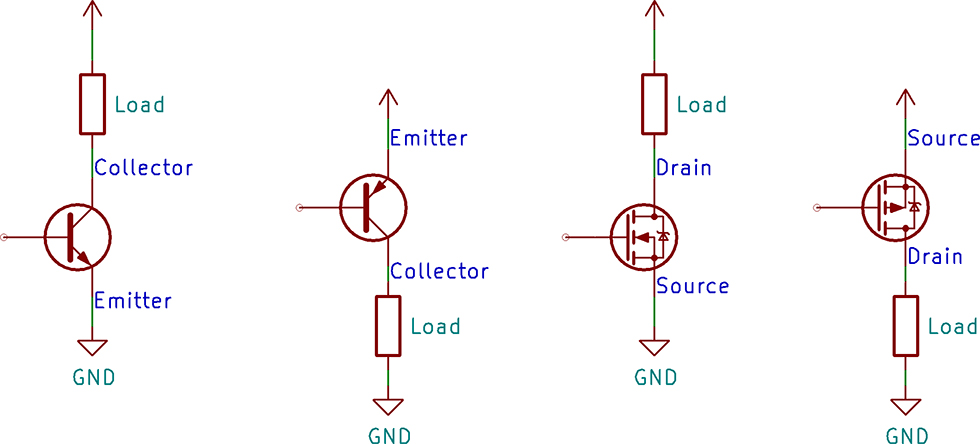Active components like transistors, BJTs, MOSFETs, and integrated circuits (ICs) make it possible to control circuits. This video explains the must-have NPN and PNP BJTs. For MOSFETs there are a couple of N-Channels and P-Channels to consider. Basic ICs include some digital logic stuff from the 7400-family as well as the venerable 555-timer to have on-hand. We did not forget Op-Amps either. Spoiler: We do not recommend the ua741!
Turning on a MOSFET takes more than knowing the threshold voltage. A special event occurs when a FET turns on, which is called the Miller Plateau. The gate voltage sticks to the threshold voltage while the drain opens up. In this video, James shows how to measure the Miller Capacitance, using an oscilloscope and custom MOSFET test board.
This video came from some measurements I did on a live stream. I had intended to demonstrate something else, but the board I created was such a great demo board for the Miller Effect.
When it comes to transistors, there are only so many things a multimeter can measure. The DCA Pro from PEAK Electronics makes short work of testing parts like a transistor. This small device can determine pinout, component type, and essential parameters in a matter of seconds. Not only that but it can be connected to a (Windows) PC and draw parameter curves.
Check out the video review to see how the device and software work. Then head over to the element14 page where you can download a zip file full of example parts I measured for you. Use the free DCA Pro software to open them.
You might also want to check out this MOSFET Curves post, which complements this video tutorial. Another resource you might find helpful on semiconductors, or transistors, is this post on MOSFET Myths.
See more on element14A common task for a transistor is switching a device on and off. There are two configurations for a transistor switch: low side and high side. The location of the transistor determines the type of circuit and its name. Either transistor configuration can use a BJT or MOSFET.
In this post, I draw the configuration for both transistor types, discuss which requires a driver, and explain why you would use either. If you are new to transistors, check out the resource links at the bottom. I have a few videos I made and some from element14’s The Learning Circuit, which do a great job introducing transistors.
Over on element14, Karen hosts The Learning Circuit. It is a tutorial show geared towards learning STEM basics. So far she has covered subjects like soldering, diodes, and how to make a DIY electromagnet. She did a great job on introducing BJTs and how they work. While I thought she provided a clear explanation of the internal workings, some members of the element14 community still had questions.
She invited me on to revisit BJTs and transistors to (hopefully) clarify the connection between how transistors physically work and how to use them.


